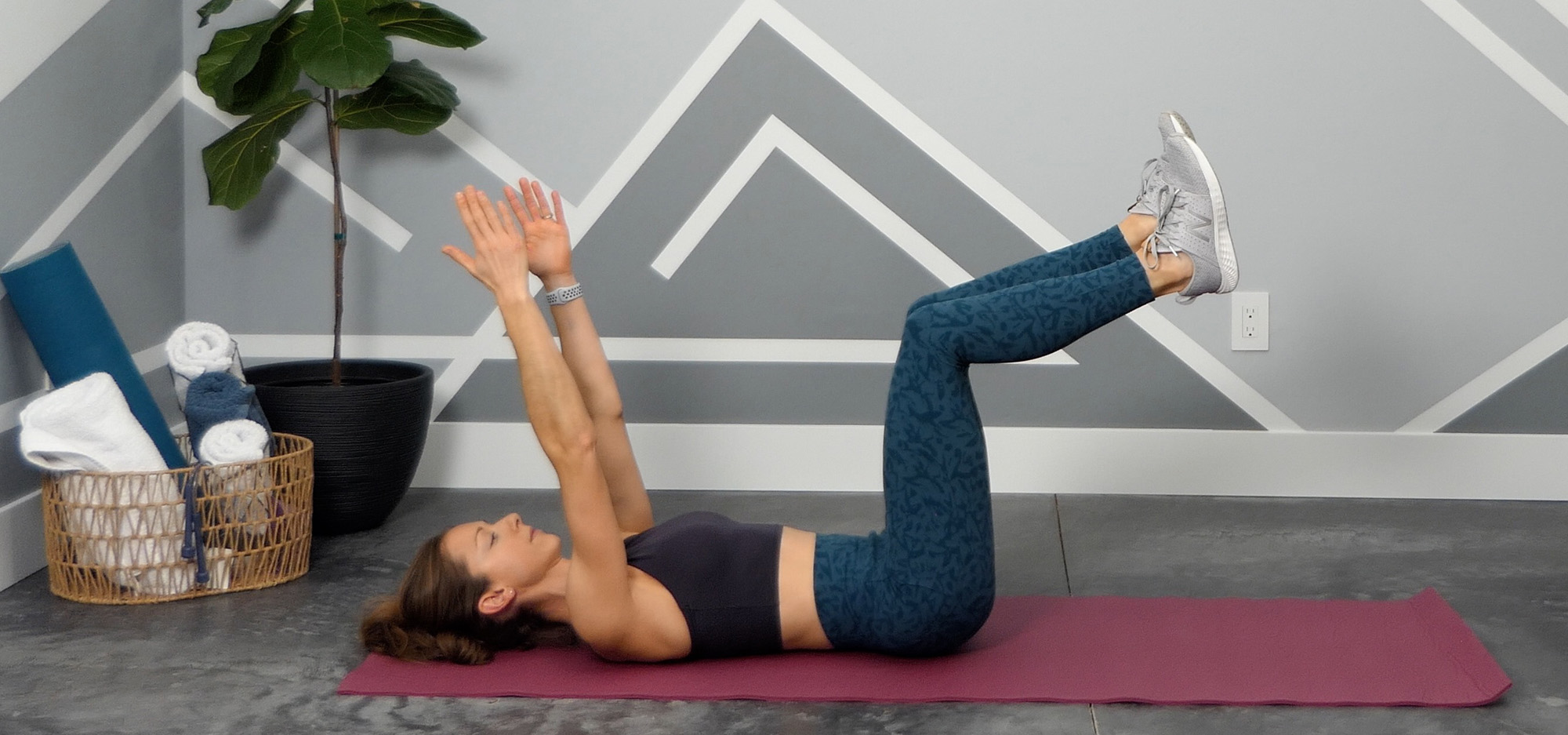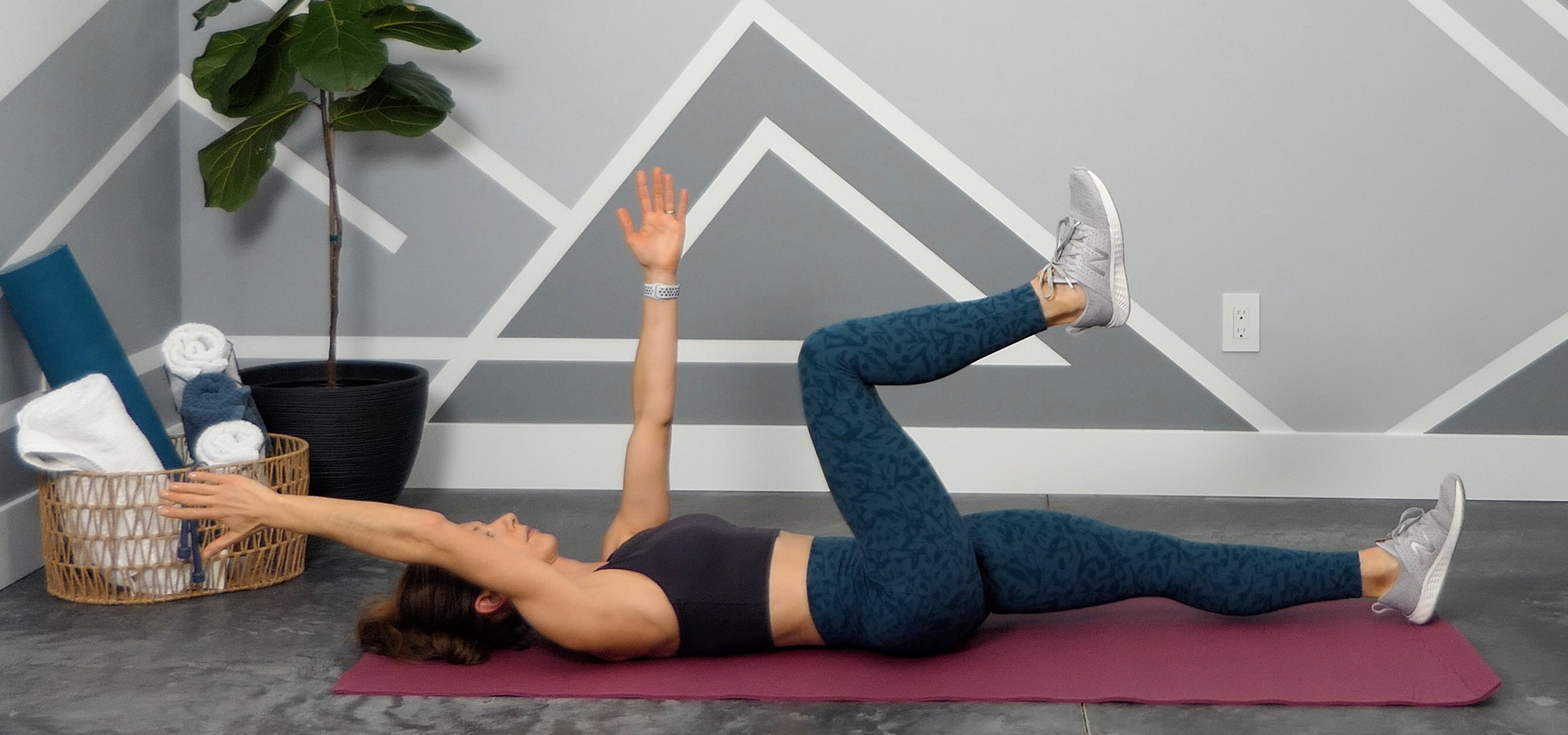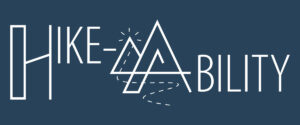Your cart is currently empty!

Hiking Fitness: The Importance of Core Stability
—
by
This blog is part of a series of posts discussing various components of hiking fitness. If you haven’t already, you’ll want to checkout the previous blogs The Importance of Strength Training and Restoring Proper Muscle Activation.
Being well prepared for the trail involves more than good cardiorespiratory fitness and leg muscle endurance. An often overlooked component of hiking fitness is developing core stability and endurance.
Core Stability
The true value of a strong core is far more important than any aesthetic pursuit. The core muscles connect your upper and lower body, and are the base of support for your entire body. Core strength and stability is essential to nearly every movement and activity that we do. When properly engaged, these muscles support and stabilize your spine and pelvis through all planes of motion, they keep you upright, and assist with balance.
The true value of a strong core
is far more important than any aesthetic pursuit.
Adding weight or resistance to any movement, increases the demand on the muscles and joints. In order for your spine and hips to properly support the load of your hiking backpack, you’ll need good core stability. Since hiking can be an all day adventure, you’ll also need to build endurance in these muscles so they can work through the duration of your hike without fatiguing.
As discussed in my previous blog, weak muscles result in compensation from other muscles, and the core is no exception. A weak or unstable core leads to dysfunctional movement patterns, pain, and/or injury.
How do I know if I have weak core muscles?
First, let me start by saying, your core can never be too strong. Every position that we move into, hold, and move out of requires core engagement and control. Low-back pain, poor posture, lack of balance or coordination, or difficulty standing for long periods can all be signs of a weak core.
What is the best way to strengthen the core muscles?
The good new is, you can develop a strong and stable core without doing endless repetitions of abdominal crunches.
One of my favorite core exercises is the Dead-bug, which is an isometric hold exercise.


Dead-bug
Overview: This is an isometric core exercise, that when done properly, really challenges the core. It effectively builds core strength without straining the back. A strong core sets the foundation for proper posture and helps prevent injuries.
Objective: Core muscle activation and endurance; Spine stability
Hiking Relevance: Hiking with a backpack increases the demand on your core muscles. You’ll need core strength and endurance to help protect your back, maintain balance, and prevent injury on the trail. Also, this exercise develops mind-muscle connection of contra-lateral movements (opposite arm, opposite leg) which is the pattern we use when walking/hiking.
Sets: 2-3
Reps: 8-10 each side
Movement pattern:
On your back, start with your hips and knees bent in a 90-90 position. Extend your arms straight up towards the ceiling. Engage your core and maintain a neutral spine. Begin the movement by slowly extending one arm and the opposite leg towards the wall on both sides of the room. Return to the starting position, and repeat the movement with the other arm/leg.
Cues/Tips:
- Arm and leg movements should be slow and controlled.
- A neutral spinal position must be maintained throughout the movement (watch for the tendency to arch the low back). If you notice your low back arching during this exercise, that’s an indication that your core is not strong enough yet. In this case, should modify the exercise and slowly build up to the full movement pattern.
Modifications:
- Start with a static hold (no arm or leg movements). Then, progress to alternating just the arms and then alternating just the legs. The next progression would be opposite arm/opposite leg movement but only extending to about 45 degree (not full extension).
Progressions:
- Load arms with weights
- Resistance band around feet
In the next blog, I’ll be switching gears away from strength training to discuss a different (but equally important) component of hiking fitness. If you want to move, feel, and adventure better you’ll definitely want to check it out!
If you are interested in learning more about training for hiking, you’ll want to check out my Training Program HIKE-ABILITY. The program incorporates cardio, strength, stability, and mobility training, along with weekly, educational lessons.
Adventure awaits, be ready for it!
Kristen, CPT and creator of the HIKE-ABILITY Training Program

Disclaimer: All information, content, and material (including associated text, videos, and links) on this website is provided in good faith and is for informational and educational purposes only. It is not intended to serve as a substitute for the consultation, diagnosis, and/or medical treatment of a qualified physician or healthcare provider. All exercise has inherent risks. Before beginning any type of exercise, please consult your health care provider.
Comments
2 responses to “Hiking Fitness: The Importance of Core Stability”
-
Thank you and look forward to it
-
[…] This blog is part of a series of posts discussing various components of hiking fitness. If you haven’t already, you’ll want to check out the previous blogs The Importance of Strength Training , Restoring Proper Muscle Activation, and The Importance of Core Stability. […]




Leave a Reply